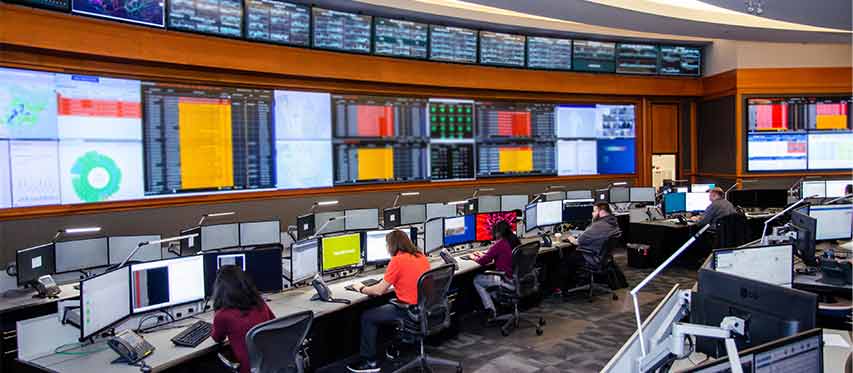
The demand for multi-domain, interoperable communications networks is driving defense networks toward an inflection point. Military operations today must be able to connect not only across air, land, and sea, but also cyberspace. Moreover, teams from disparate branches of the military must be able to communicate and share data securely and easily with each other. The challenge in meeting these needs is that most Department of Defense (DoD) satellite communications (SATCOM) networks were developed as “closed” or single-threaded systems to support land-based point-to-point connectivity. Yet all branches of the military and national security agencies – especially warfighters – must be able to collaborate, communicate, and share information with each other. And they must be able to do so while on land, in the sky, and at sea. That’s the pinnacle of joint force operations and the foundation outlined by Gen. John Raymond in his 2020 Vision for SATCOM.
In response, defense agencies are working to enhance their global communications infrastructure to leverage flexible, new digital capabilities – from smart sensors to more advanced electronics. To support these activities, multi-orbit SATCOM networks require orchestration across multiple devices, systems, and domains, as well as greater redundancy and enhanced security, all possible with resilient networking built from advanced engineering, Artificial Intelligence (AI) and Machine Learning (ML).
An Intelligent, Software-defined Terminal
In the past, military SATCOM networks have been vulnerable to interference and dropped connections due to such factors as poor antenna angles and misaligned directional pointing, correctable only by manual intervention. Now, the Hughes software-defined Terminal Management Agent (TMA) can ensure uninterrupted connectivity by using AI/ML to identify and correct such problems automatically – before they occur. The TMA can redirect a terminal to a new satellite, waveform, or service when interference threatens to disrupt a transmission. What used to require reconfiguration by hand and take hours and days to coordinate can now be orchestrated by the TMA within minutes, or even seconds. Additionally, the TMA becomes smarter as it learns from these “self-healing” situations and refines its ability to find the best connection available and prevent future disruptions. The TMA’s capabilities, designed for both GEO and NGSO (MEO, LEO) satellites, are inspired by the industry-leading commercial SD-WAN product from Hughes, adapted for defense needs.
Aligning TMA and Network Management to Support the Mission
While the TMA guides predictive and corrective action, multiple network paths across the enterprise network architecture will ensure true network resiliency -- requiring a multi-path network management plan aligned to the DoD’s many tactical missions, environments, and requirements.
To implement multi-path network management across the enterprise, the Global Network Operations Center (GNOC) for enterprise management, also designed by Hughes, works in concert with the Hughes TMA. Network orchestration is based on predetermined mission priorities and network policies (such as service level agreements) from the GNOC. The TMA benefits from the GNOC’s global guidance regarding the use of specific satellites, service providers, and resource pools as it makes decisions at the local level and continually improves its performance through AI and ML algorithms.
These are the types of innovations and “always on” capabilities – borne from proven commercial technologies – that DoD SATCOM networks demand. When its networks can be interoperable and reliable across all domains, warfighters and military teams everywhere can access data and intelligence to make better informed decisions in support of the mission.